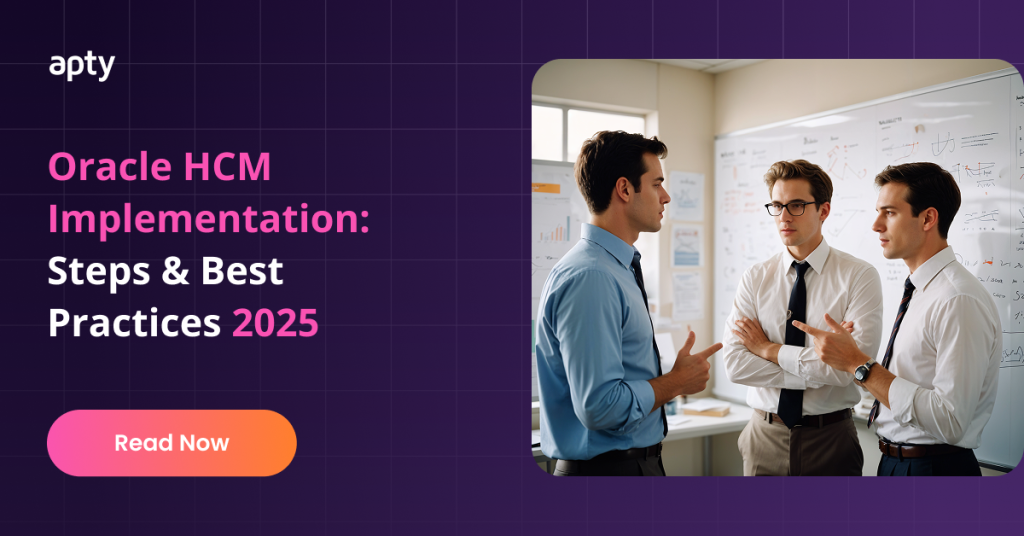Employee Software Adoption Follows a Well-Known Change Curve
The era of digital transformation has brought a myriad of platforms designed to simplify employee tasks – with the average mid-market company adding around seven applications to its arsenal every month. However, data shows that 55 percent of the hundreds of SaaS applications employees have access to are regularly left unused. The cause? Employee resistance to change.
Employee resistance to digital change, as many learning and development (L&D) and change management professionals experience with software training, closely mirrors the Kubler-Ross Change Curve, the model used to understand and define stages of personal and organizational tr
What are the Stages of Change?
The three phases of the Change Curve closely mimic the emotional journey employees embark on when they are introduced to new software or processes. First, there’s shock and denial, which then leads to anger and depression. This coincides with a steep decline in productivity as employees cling to past processes and expectations.
Sometimes there’s bargaining, during which employees may attempt to find ways to circumvent the new implementation by finding a path of least resistance. They might search for a compromise that would allow them to use older processes or software, or completely avoid having to learn how to use the new product. Finally, there’s acceptance and integration, the stage where workers see how the new software can benefit them, come to terms with the change, and incorporate it into their daily work lives.
Where Do Organizations Go Wrong?
Understanding the Change Curve is a great first step, but there are other areas where an organization could miss the mark and thus damage the efficacy of software implementation plans.
This happens when traditional change management trainers prioritize one-time communications and training but do not necessarily adopt the user’s mindset, leaving organizations open to significant resistance to the new product or process. Evolving an organization’s change management approach to focus on value realization (as opposed to “one and done” training) is, therefore, a critical success factor. Moreover, there are two key ways organizations can drive meaningful software uptake while preventing employees from falling into the traps of depression and poor productivity.
Create an Engaging User Experience
Traditional “one-time” training methods – emails, videos, and reference guides – fail far more often than most organizational leaders think, because they become outdated so quickly. But perhaps most importantly, the newest generation of workers wants training content that mimics their favorite consumer apps and aligns with their work habits.
Implementing user guides that take workers step-by-step through new software training delivers the best of both worlds: a seamless onboarding experience that offers guided self-help options for current and new adopters.
Quickly Identify and Remediate Problem Areas
Change management teams must be able to identify and quickly fix problem areas in training to ensure adoption and engagement aren’t stymied. Implementing targeted content delivery – reminders, alerts, and banners, for instance – that addresses specific pain points is one answer, but taking it a step further and remaining responsive to employee concerns as they are raised is another.
For example, if an employee requires further explanation or more clarity, it should be automatically and seamlessly pushed to them. Plus, providing helpful content when users need it most will lessen the sharp user productivity decline associated with the anger and depression phase.
Without focus on the user and their experience, people will not use new technology as intended, and, as a result, the change will fail to deliver the intended ROI. That’s why it is crucial that organizations no longer consider change management a completed task once an application goes live and a round of training is finished. A new approach, one that focuses on understanding the user journey while empathizing with the stages of change associated with said shift, is one that will assuredly lead to data-driven value realization and dramatically save on software costs while growing revenue.
Table of Contents
- Employee Software Adoption Follows a Well-Known Change Curve
- What are the Stages of Change?
- Where Do Organizations Go Wrong?
- Create an Engaging User Experience
- Quickly Identify and Remediate Problem Areas
- Discover Seamless Software Adoption with Apty
- Oracle HCM Implementation: Steps & Best Practices 2025
- ERP Implementation: Steps, Challenges & Best Practices
- 9 Change Management Strategies for Smooth Transitions





